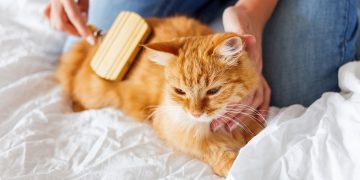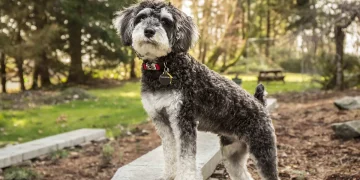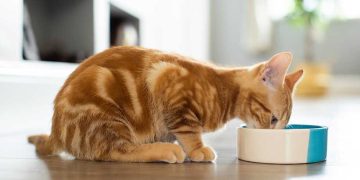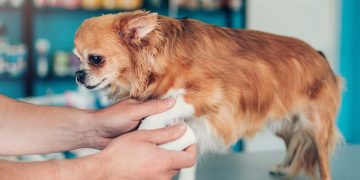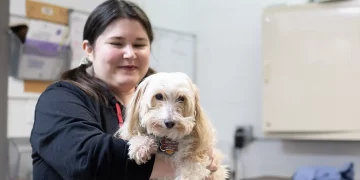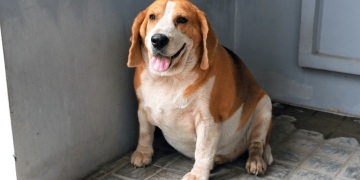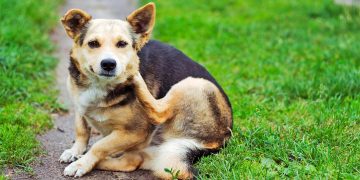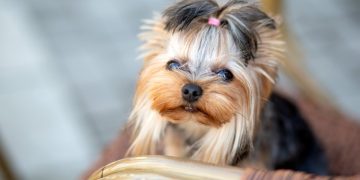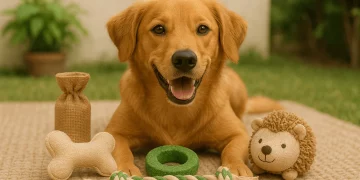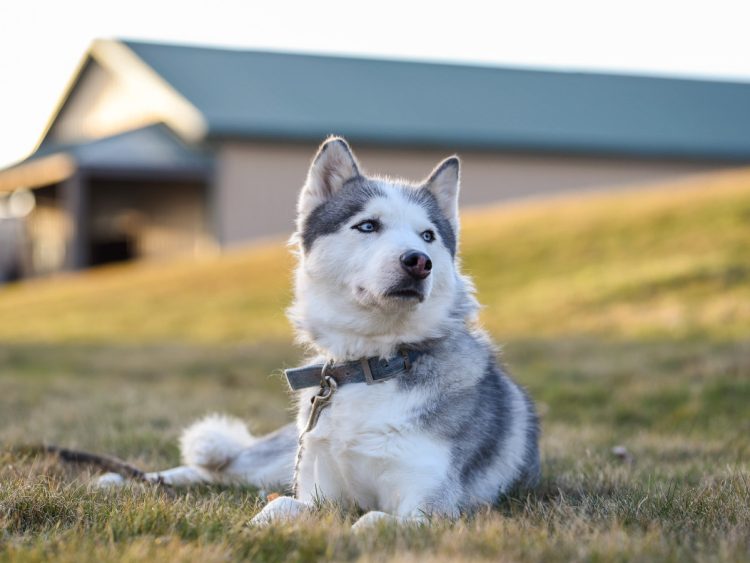One Size Doesn’t Fit All: The Case for Specialized Care
Most pet owners know that grooming is essential for maintaining an animal’s health, comfort, and hygiene. Yet when it comes to exotic pets like ferrets, hedgehogs, sugar gliders, and reptiles, standard dog or cat brushes simply don’t cut it. These nontraditional pets have unique skin, fur, oil production, and behavioral needs that require tailored grooming routines—and specific tools designed with their anatomy in mind. Using the wrong brush, clipper, or cleanser not only reduces grooming effectiveness but can lead to stress, injury, or even long-term health issues.
Ferrets, for example, produce natural oils that regulate their scent and skin hydration. Brushing them with a stiff-bristled pet brush designed for short-haired dogs can overstimulate their skin or cause shedding issues. Hedgehogs, with their combination of quills and fur, need an entirely different approach—especially when it comes to cleaning their feet and quill base without irritating sensitive skin. Even animals like chinchillas or guinea pigs, often mistaken as “low-maintenance,” require grooming adapted to their specific fur structure, which may be dense, fine, or prone to matting.
Grooming is also about more than appearance. It’s an ongoing health check that lets owners spot skin infections, parasites, overgrown nails, dental issues, and early signs of illness. And because exotic pets often mask pain or discomfort as a survival instinct, subtle physical cues picked up during grooming can be life-saving.
Ferrets: Oil Control, Odor Balance, and Shedding
Ferrets are playful, slinky mammals with active sebaceous glands that give them their musky odor. While their scent is natural and not harmful, over-washing or brushing can actually intensify the smell by prompting the skin to overcompensate. This is why grooming ferrets requires a gentle touch and highly specific tools.
The most effective grooming brush for a ferret is a soft-bristle slicker brush or a rubber grooming mitt. These options are gentle on the skin, pick up loose hairs without pulling, and help distribute natural oils evenly across the coat. Shedding season—typically spring and fall—calls for more frequent brushing to avoid hairballs and reduce fur accumulation in bedding.
For nail trimming, curved, small-animal nail clippers are a must. Human clippers often split or crack the nail, and using dog nail scissors risks cutting too deep. Ferret claws grow fast and curve inward, which can lead to paw pain or injury if left unchecked. A styptic powder should be on hand to stop bleeding if you accidentally clip the quick.
Ear cleaning is another crucial grooming task. Ferrets have waxy ears prone to buildup, which can invite ear mites or infections. Use a ferret-specific ear cleaning solution and a cotton ball—never a Q-tip—to gently clean the visible outer canal. Avoid perfumed cleansers, which can irritate the ear lining and disrupt scent balance.
Lastly, don’t over-bathe. Ferrets should only be bathed every 2–3 months unless there’s a medical reason. Use a gentle, unscented ferret shampoo to avoid stripping natural oils.
Hedgehogs: Delicate Quills and Prickly Procedures
Hedgehogs present one of the most unique grooming challenges of all exotic pets. Their quills are not barbed, but they are stiff and closely packed—requiring creative tools and loads of patience. The area between quills can collect dirt, dead skin, and even mites. But brushing them with a traditional bristle brush is both ineffective and potentially distressing.
A toothbrush—yes, a plain soft-bristled human toothbrush—is one of the best tools for hedgehog grooming. It can gently reach between quills to dislodge debris without hurting the skin or breaking quills. For bath time, which should only occur when truly necessary, hedgehogs can be placed in shallow lukewarm water with a drop of unscented baby shampoo or hedgehog-safe cleanser. The toothbrush can then be used to scrub gently along the back and under the belly.
Foot care is vital, especially for hedgehogs that live in wheel-equipped cages. Dirt, feces, and bedding can cake onto their toes. A Q-tip or cotton swab dipped in warm water is perfect for cleaning between toes. Overgrown nails can curl inward and cause mobility issues, so regular trims using kitten nail scissors are essential.
Be mindful of dry skin—hedgehogs are prone to flaking if humidity levels drop. Coconut oil or vitamin E can be applied sparingly to particularly dry patches, but always test a small area first to avoid sensitivity.

Chinchillas, Guinea Pigs, and the Case of Fine Fur
Chinchillas have the densest fur in the animal kingdom, which means water-based bathing is a strict no-go. Instead, they maintain cleanliness through dust baths, which remove oils and dirt while preserving the fur’s fluffiness. Owners must provide a fine volcanic ash dust, not sand or powder, in a bowl large enough for the chinchilla to roll in freely. The dust should be changed regularly and never reused between animals.
Grooming tools for chinchillas must be gentle. A double-rowed metal comb with rounded tips is ideal for removing loose fur and preventing mats without tugging. During seasonal sheds, especially in spring, brushing every few days helps control fur volume and reduces airborne allergens.
Guinea pigs, meanwhile, come in various coat types: short, long, curly, or “rex.” Each requires a different brush. A short-haired guinea pig benefits from a soft rubber grooming glove, while a long-haired one like the Peruvian or Silkie needs daily brushing with a wide-toothed comb to prevent tangles and debris buildup.
Nail trimming is shared across both species. Use small animal clippers with a curved blade, and avoid cutting too close to the pink quick. If the nails are dark, shine a flashlight through to better visualize the vein. Like ferrets and hedgehogs, overgrown nails in guinea pigs can lead to posture issues and skin damage.
Reptiles, Birds, and the Non-Furry Grooming Category
Not all exotic pets have fur or feathers, but that doesn’t mean grooming isn’t relevant. Reptiles such as bearded dragons, geckos, and turtles require regular scale care, especially during shedding cycles. Tools for reptiles focus less on brushing and more on hydration and enclosure maintenance.
A soft-bristled toothbrush or gauze-wrapped finger can help remove loose skin during sheds—never pull it off forcefully. Humidity plays a central role in skin health, so misting bottles, humidity gauges, and reptile-safe soak bowls are all part of the grooming toolkit. Poor shedding can lead to retained skin around toes or eyes, which may require veterinary intervention if left untreated.
Birds, especially parrots and cockatiels, require beak, nail, and feather maintenance. Perches of varied textures and widths help naturally file nails and beaks, but some birds still need occasional manual trimming by a vet or trained owner. Feather grooming is mostly self-directed through preening, but misting with lukewarm water or offering a bird-safe bath can encourage natural grooming behavior.
Avoid using oils or conditioners on feathers. For birds that develop overgrowths or deformities, a certified avian vet should be consulted. Owners should regularly inspect feet for pressure sores or flaking, which may require emollients or perch changes.
A Grooming Toolkit Checklist for Exotic Pet Owners
For new owners of exotic animals, here’s a basic toolkit tailored by category:
Ferrets:
– Soft slicker brush or rubber mitt
– Curved nail clippers
– Ferret-safe ear cleaner
– Unscented ferret shampoo
– Styptic powder
Hedgehogs:
– Soft toothbrush
– Q-tips for feet
– Kitten nail scissors
– Coconut oil (for dry skin)
– Shallow bath dish
Chinchillas:
– Chinchilla dust and bathhouse
– Double-rowed grooming comb
– Soft cloth for post-bath cleaning
Guinea Pigs:
– Rubber grooming mitt (short-haired)
– Wide-toothed comb (long-haired)
– Small animal nail trimmers
– Antibacterial wipes (optional for foot cleaning)
Reptiles:
– Soft toothbrush or gauze
– Misting bottle
– Soak container
– Humidity gauge
– Shedding aid (vet-approved)
Birds:
– Misting spray bottle
– Varied perch materials
– Nail file or grinder
– Avian beak trim file (vet-supervised)
Conclusion: Respecting the Animal’s Anatomy and Instincts
Grooming is not just a hygiene ritual—it’s a form of communication and bonding. When done correctly with species-appropriate tools, it allows owners to tune into their pet’s wellbeing and build trust through touch and routine. Whether it’s brushing a hedgehog with a toothbrush or offering dust to a chinchilla, the act of grooming reminds us that each exotic animal comes with its own natural blueprint. Respecting that blueprint means using tools that honor—not override—their physiology.
New exotic pet owners often underestimate the importance of grooming, assuming small means simple. But these creatures, from ferrets to feathered friends, thrive when their care is customized. Special grooming tools are not indulgences—they are investments in the comfort, trust, and longevity of the animals we choose to love.



